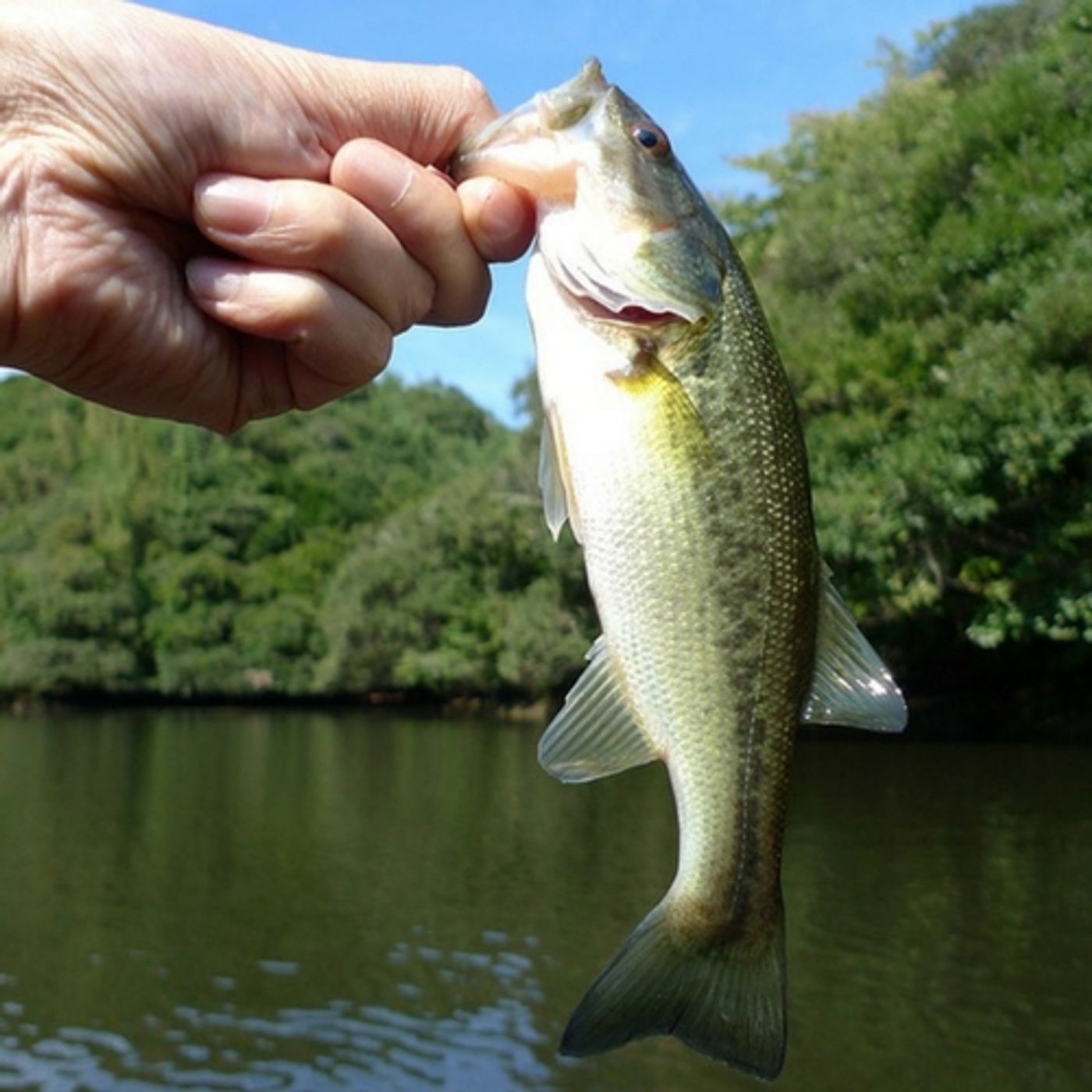Antidepressants for Fish? Not Exactly.
There's a lot of fish in the Great Lakes that are ingesting high amounts of antidepressants, but it's not making anyone any happier, including the fish. When humans are on any medication, those drugs make their way into the wastewater and sewage treatment facilities.
It doesn't seem like it would be a big problem, but it's an environmental and health concern because a recent study showed how widespread the issue has become. There were ten species of fish found in the Niagara River. This waterway is a crucial conduit between Lake Erie and Lake Ontario, via the iconic Niagara Falls.
Diana Aga, Ph.D. is the Henry M. Woodburn Professor of Chemistry at the University at Buffalo College of Arts and Sciences. She led the research and explained, "These active ingredients from antidepressants, which are coming out from wastewater treatment plants, are accumulating in fish brains. It is a threat to biodiversity, and we should be very concerned. These drugs could affect fish behavior. We didn't look at behavior in our study, but other research teams have shown that antidepressants can affect the feeding behavior of fish or their survival instincts. Some fish won't acknowledge the presence of predators as much."
The balance of any ecosystem is vital to its survival. While medications are necessary for human health, the number of patients who use antidepressants has risen. Between 1999-2002 the percentage of patients reporting antidepressant use was 7.7%. In the years between 2011 and 2014, that figure rose to 12.7%. Consuming the fish does not pose a risk to humans most Americans do not eat the brain tissue of the species in the study, but the threat to the habitat of the fish is genuine.
While the number of people who use antidepressant medications has risen, the methods of treating wastewater have not changed in decades. In addition to antidepressants, the use of antibiotics and personal care products with ingredients that can disrupt the endocrine system have gone up, and the result is wastewater that carries chemicals to rivers and streams.
Dr. Aga's career has been focused on contaminants from drugs, personal care products and cleaning products and their effect on the environment. While healthcare has made tremendous advances and there are medications to treat more issues, the result is that animal habitats and ecosystems are taking a hit. Ten species of fish were included in the study, smallmouth bass, largemouth bass, rudd, rock bass, white bass, white perch, walleye, bowfin, steelhead and yellow perch. While the study looked for all kinds of contaminants, antidepressants and their chemical metabolites were the only substance found in all ten species of fish.
When tabulating the amounts of chemicals in the fish, the rock bass came out on top, with having the highest concentration of norsetraline, a metabolite of the active ingredient found in Zoloft. 400 nanograms of norsetraline were present per gram of brain tissue. It might not sound like a lot, but the amount is significant, given that the same fish showed high amounts of citalopram (Celexa) and norfluoxetine a metabolite of the active ingredients in Prozac and Sarafem. Other species of fish had similar cocktails of different drugs, and more than half of the tissues samples showed at least 100 nanograms of norsetraline.
The study did not include any evidence of the drugs changing the behavior of the fish, however previous lab studies have shown that the fish are affected by these substances. Also, the fact that the levels were so high in the fish brain tissue indicates they accumulated over a long period. The amounts found in the fish were higher than what was seen in the river water, proving that the fish had been exposed on a long-term basis. Some of the fish had levels of antidepressants twenty times higher than the amounts found in the fish.
Wastewater treatment is focused on keeping contaminants like bacteria that can cause disease out of the water, and filtering out solid waste such as human excrement. Dr. Aga stated, "These plants are focused on removing nitrogen, phosphorus, and dissolved organic carbon, but there are so many other chemicals that are not prioritized that impact our environment. As a result, wildlife is exposed to all of these chemicals. Fish are receiving this cocktail of drugs 24 hours a day, and we are now finding these drugs in their brains." The video features Dr. Aga and her lab, check it out.
Sources: The Economist, CDC, University at Buffalo









